When most people think of a home recording studio, they imagine a mixing console, expensive microphones, studio monitors and other elaborate and costly equipment. But that was yesterday Equipping a basic recording studio in the digital age is neither difficult nor prohibitively expensive. The following explains what you’ll need to immortalize your sound.
Home recording studio basics
The room: As already mentioned on this blog and as a general rule, room acoustics will greatly contribute to the overall sound. With electronic instruments like drums and synthesizers, which can be directly added to the mix, this will not play much of a role. Acoustic instruments and vocals, on the other hand, are coloured by the room they are recorded in. Room resonances should therefore be managed in such a way as to prevent droning and too much reverberation. Bare rooms can encourage a lot of unwanted noise — think school cafeteria or indoor pool — but there are ways of treating this beyond throw rugs and book shelves. Depending on your room and budget, you may want to invest in bass traps and acoustic clouds to reduce the excessive bouncing of sound waves and prevent a booming bass. Another way to achieve a warm but clean sound is to opt for a larger room if you can. Now, on to the equipment!
The audio interface: The audio interface is what connects the microphone, electronic instruments such as synthesizers and drum machines and other peripheral devices to the computer. Part of what the interface does is serve as a bridge between digital and analogue signals. To this end, it contains a DAC, or Digital-to-Analogue converter. Since microphones record sound as an analogue signal of alternating current, the signal from the microphone will also need to be converted into a digital audio file for processing, mixing and sharing. This is the job of the DAC and the quality of the DAC therefore plays a big role in the overall quality of the recording. Other important audio interface features are the inputs, mic preamps and latency control. The audio interface can be connected to the computer in one of two ways: Externally via USB or FireWire or internally as an expansion card via the mother board’s PCI express slot.
The microphone: With electronic instruments like e-drums, a microphone isn’t necessary. Instead the output on the kit can be directly connected to your audio interface and recorded using a free program like Audacity. For sounds created the old fashioned way, i.e. by setting the air to vibrate in waves, a microphone will be needed.
Microphones convert sound waves into electrical signals. The way microphones create the electrical signal can differ. Dynamic microphones use a moving coil, similar to how a speaker works in the other direction. These are generally pretty robust microphones found in a lot of live venues since they can withstand the wear-and-tear of performing. Ribbon microphones use thin sheets of metal in a magnetic field and lend something of a smooth vintage sound to recordings. Condenser microphones use an electrified membrane that reacts to sound. A well-made condenser microphone can capture even the subtlest sounds across the widest frequency range, making it the most popular option for studio recording.
Note that microphones have different pick-up patterns which can be divided into the directional (also called cardioid), bi-directional and omni-directional. Directional mics are ideal if you have something in mind like a podcast since they mostly pick up the sound radiating in front of them. If you are recording a room full of performers, omni-directional mics are best. There are, of course, vast quality differences based on brands and price categories. As with any product, it’s best to compare user reviews and features before making a purchase.
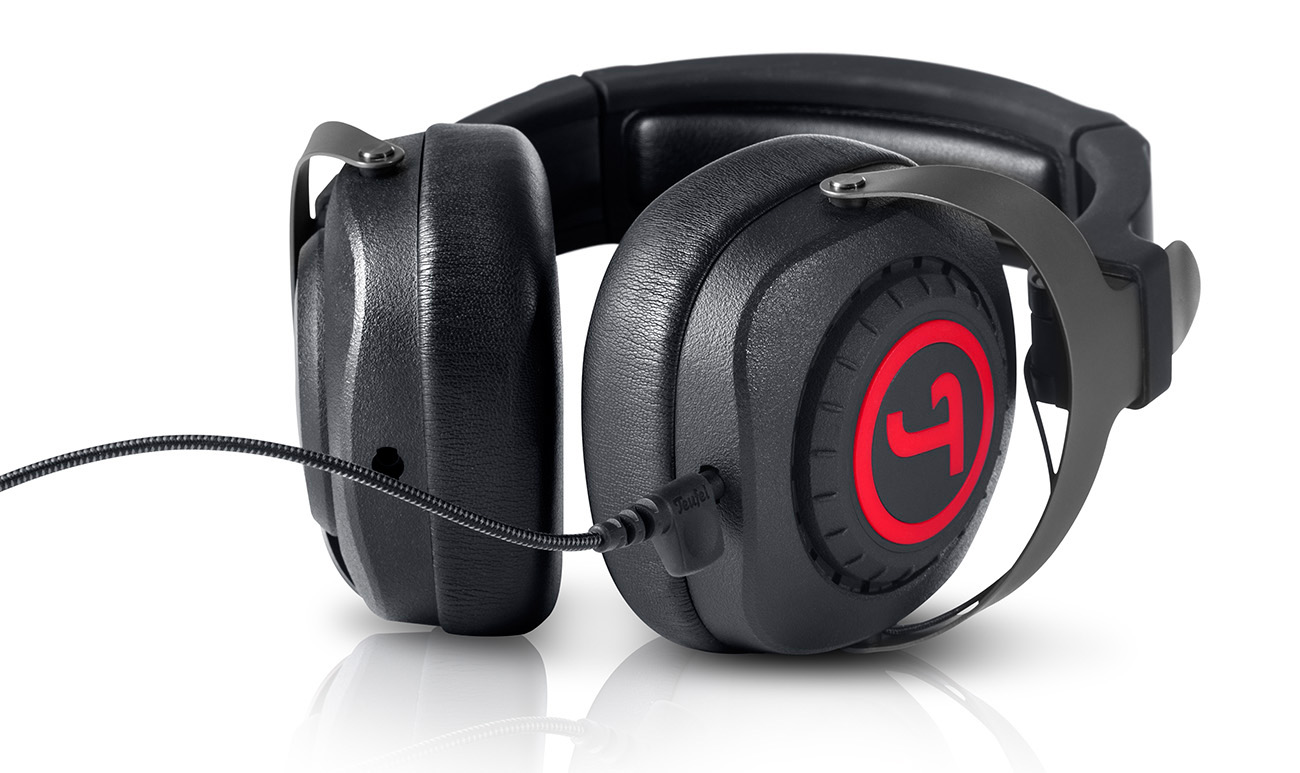
Headphones: Headphones make it possible for singers to add vocal tracks to an existing recording. Of the various headphone designs, closed are best suited to home studio use. Their well-isolated design prevents outside sound from reaching the ear. They also prevent sound from within the headphones from reaching the microphone.
Hardware: Audio files can be processed in a number of ways. Most contemporary PCs and laptops are perfectly sufficient for creating standard musical tracks, making cuts and adding effects. Generally speaking, an 8 GB RAM should guarantee a smooth workflow. A system capable of handling larger amounts of data is also a good idea. Depending on the sample rate and number of tracks, each song can easily require 5 GB of storage. Last but not least, the computer used in one’s home studio should operate quietly without any loud fan noises or other sounds that could wind up on the final recording.
Software: The software is what allows the home studio artist to blend all the individual tracks and sounds into a final coherent whole. These programs generally fall under DAW, or Digital Audio Workstation software. Some, such as Audacity, are free. Popular premium programs include Logic Pro X from Apple, Avid Pro Tools, Cubase and Studio One. The price for DAW software usually runs to several hundred euros.
Studio monitors: Essential to creating a good mix
To keep track of your workflow, you will of course need a good pair of speakers. Headphones are useful for listening to tracks while laying down others, but they won’t be able to create a realistic stereo image. So when you want to get an idea of what your recording will sound like in the real world, you’ll need a good pair of speakers.
The most important criteria for any studios speakers, usually called studio monitors, is that they produce a frequency response that is as linear as possible. This means that no part of the frequency spectrum should be elevated. This is sometimes the case with cheaper speakers or those designed to elevate the bass range at the expense of the midrange or treble. Only very linear, natural playback will guarantee a recording that sounds good on every system.
Most studio monitors are smaller, bookshelf-sized speakers with a 2-way driver arrangement consisting of a tweeter, dedicated to the treble range, and a woofer for the midrange and bass. While the majority of speakers on the market today use a ported design to extend and enhance the low frequency range, it’s recommended that studio monitors have sealed enclosures. This will result in bass that is slightly less deep and powerful than with a ported speaker, but more accurate, ensuring a very transparent sound. Many studio monitors are also active meaning they require no additional devices such as an amplifier to run. This is mainly a convenience factor. Certainly passive speakers like the Definion 3S can serve perfectly well as studio monitors.
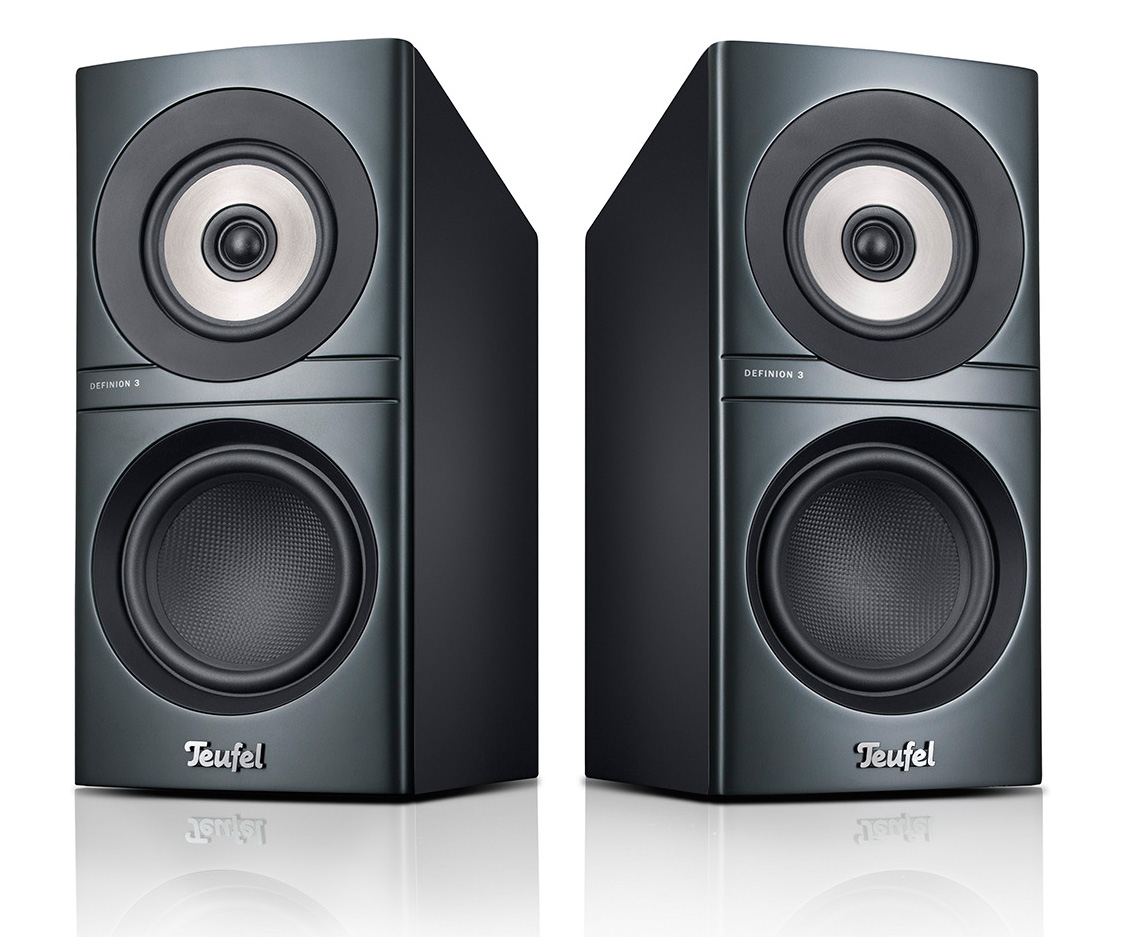
It’s never been easier to record music
• Converting sound waves into digital music has never been easier to do in a home studio
• The cornerstone of a home studio is the audio interface between the computer and peripheral devices
• For recording voices and non-digital instruments, a microphone is required
• A good pair of closed hi-fi headphones are ideal for listening to pre-recorded tracks while laying down vocals or other instruments
• The processing of the recorded material requires a PC or laptop and corresponding DAW software
• High-quality, precise and linearly tuned speakers, known as studio monitors, are necessary for crafting a balanced mix that sounds good on all sound systems.
Title Picture: By LiquidMolly (originally posted to Flickr as my studio) [CC BY-SA 2.0 (http://creativecommons.org/licenses/by-sa/2.0)], via Wikimedia Commons
Property of Teufel Audio
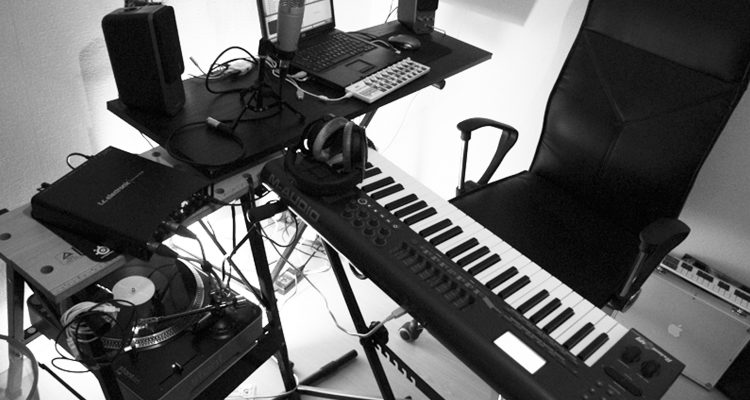

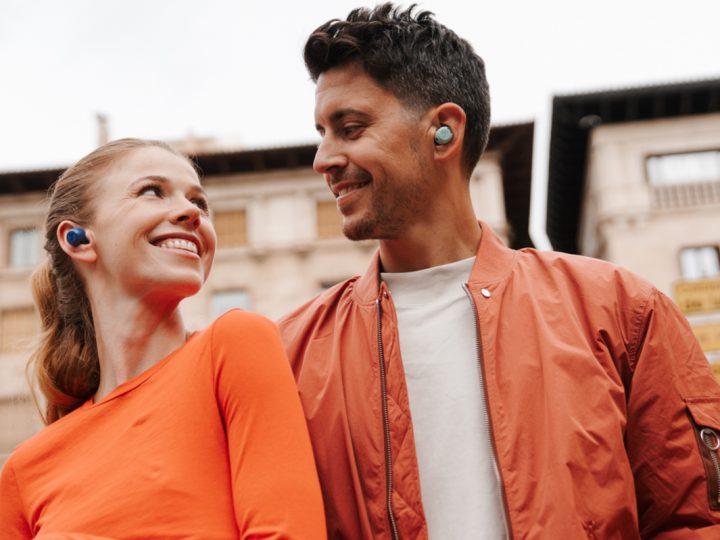
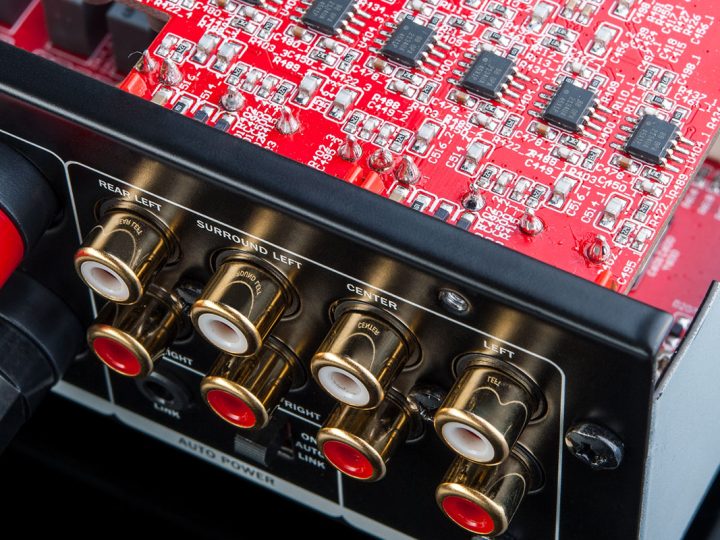
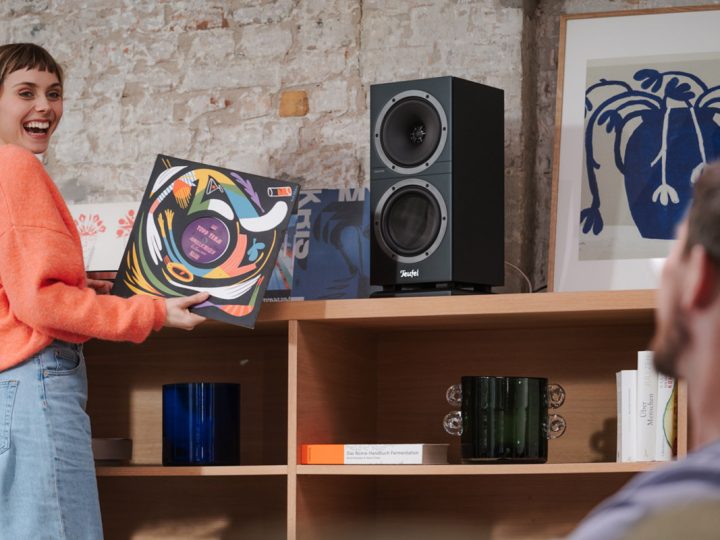
Rootness
03. May. 2022, 21:47
This blog is helpful.
Teufel Blog Redaktion
05. May. 2022, 10:31
Thank you
Tom Watson
25. Jan. 2020, 7:32
Something worth mentioning is that you want to get headphones that have less spill and more noise reduction so you don’t record sound from the headphones back into the mic. I use Extreme Isolation headphones. The don’t sound that great but they allow you to crank the volume much louder without worrying about spill. Sometimes rappers and singers need the music louder to get into the mood and groove of the song which can lead to a better performance. Not mentioned here at all is acoustic treatment. Don’t forget about acoustic treatment.